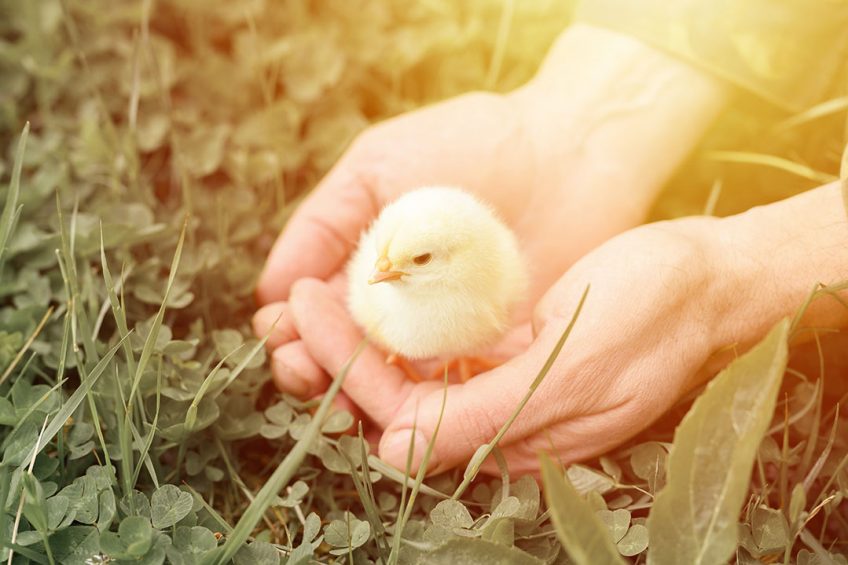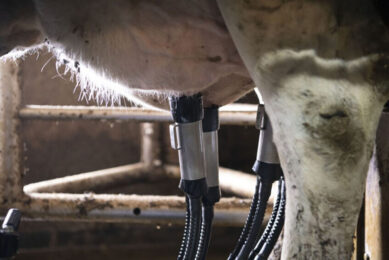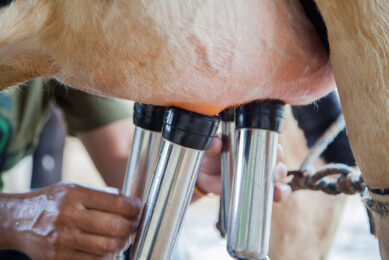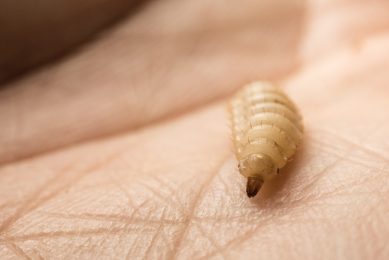The power of postbiotics for poultry

Don’t we all – as humans – want to be more resilient against pathogens and be strong and healthy? In animal nutrition we work towards that same goal and constantly look for the right solutions to do so. The time is right to introduce yeast postbiotic, a powerful tool to boost birds’ resilience and performance, and poultry producers’ gain.
The poultry industry is expected to continue to grow and remains the primary driver of the growth in world’s total meat production. Poultry meat production has surpassed pork and is estimated to keep this dominant position for the coming decade, 40% of the total meat production will be poultry. Global egg production continues to see substantial growth. Between 2008 and 2018, the global layer sector showed a 24% increase.
New solutions needed for poultry
To be able to grow sustainably, profitably and according to consumer demands regarding animal welfare and reduction of antibiotic use, the poultry sector needs new and effective solutions to meet these challenges. These solutions should be more efficient and natural than the tools we relied on for many years, such as chemicals and antibiotics.This is a route we started many years ago with the introduction of probiotics, prebiotics, phytogenics and more, all based on strengths of natural resources such as yeast, microbials or plants. But we are now ready for an exciting new solution that we can add to the toolbox of poultry farmers and nutritionists: the postbiotics.
Postbiotics: New promising solution for animal health
Postbiotics are a new category in animal nutrition. According to the International Scientific Association of Probiotics and Prebiotics (ISAPP), a postbiotic is defined as a “preparation of inanimate microorganisms and/or their components that confers a health benefit on the host”. Postbiotics can be seen as deliberately inactivated microbial cells or cell components and have the same effects and benefits as probiotics when ingested by the animal. A great benefit for use in animal feed is the fact that, because postbiotics are not based on live microorganisms, there is no need to worry whether the live cells survive the pelleting process. Just like producing probiotics, the selecting of the right strain and scientific proven data are also of key importance when creating an effective postbiotic.
Introducing the reference postbiotic
The postbiotic Safmannan, produced by Phileo by Lesaffre is a very good example of a postbiotic according to the definition of ISAPP. Safmannan (hereafter called ‘the reference postbiotic’) has scientifically proven health benefits and is obtained from primary culture and the purification of selected Saccharomyces cerevisiae proprietary strains.
It contains 2 strong and active components: mannans and beta-glucans (1.3 and 1.6):
- Mannans help diminish pathogen colonisation in an animal’s intestinal tract by adsorbing bacterial pathogens, such as Salmonella, E. coli, and Clostridia.
- Beta-glucans stimulate the immune system by being in contact with immune cell receptors, triggering them to fight off pathogens.
The high levels of these 2 components in the reference postbiotic helps animals be more resilient, resulting in excellent performance. As shown in Figure 1, the reference postbiotic clearly shows higher and consistent mannan and beta-glucan levels than 3 commercial products, based on yeast cell wall.
Proven benefits in poultry species
The reference postbiotic has been shown to be very beneficial for use in all poultry species (broilers, layers/breeders, turkeys and ducks) and the product’s impact has been proven globally through a battery of in vitro and in vivo tests, in cooperation with independent world-class research centres. Over 100 poultry studies have been performed, showing the benefits for poultry farmers. By optimising the intestinal microbiota, reducing pathogen pressure, supporting gut morphology and boosting natural defences, the reference postbiotic has shown the consistent ability to help birds to be resilient and reach greater production performance. As shown in Figure 2, the reference postbiotic significantly increases birds’ body weight, under different conditions, necrotic enteritis (Clostridium perfringens) challenge, heat stress challenge or under field conditions (mimic farm conditions with used litter), in different places in the world.
Figure 2 – Safmannan significantly improves bird’s growth performance under different conditions.

5 proven benefits of the reference postbiotic in poultry:
- Improved feed conversion ratio
- Increased final body weight
- Increased laying performance
- Reduced mortality
- ROI above 6:1
Postbiotics: Responding to market needs
Postbiotics is a relatively new concept in animal nutrition. Because of its powerful health benefits, postbiotics are a strong nutritional tool to produce quality and nutritious poultry meat and quality eggs in a profitable and sustainable way. The consistent concentration of mannans (≥ 20%) and beta-glucans (≥ 20%) in the composition of the reference postbiotic Safmannan results in predictable high-performance outcomes. Phileo by Lesaffre not only ensures a consistent premium quality and consistent concentration of the active ingredients of its reference postbiotic, but also provides the R&D, technical support and a strong global supply chain organisation to its customers all over the world.
References are available on request






